Documentation Hub
Comprehensive technical manuals and guides to help you master HARSLE machines and optimize your metalworking efficiency
Why Use Panel Bender in Metal Doors and Windows Production?
Panel Bender in Metal Doors and Windows production plays a crucial role in achieving precision and consistency during fabrication. Even the slightest deviation in panel angles or dimensions can compromise assembly accuracy and overall product quality. That’s why many manufacturers are turning to panel benders for metal door and window production to ensure higher precision, faster turnaround, and reduced labor dependence. In this article, I’ll explain how panel benders operate in door and window manufacturing, highlight their advantages over traditional bending methods, and show how they help manufacturers enhance quality, efficiency, and cost control.
How Panel Bender Works in Metal Door and Window Production
The panel bender operates by automatically clamping the metal sheet and performing up-and-down bending motions with precision-controlled blades. Unlike traditional press brakes that require manual setup and repeated tool changes, a panel bender automatically adjusts for different bend angles and part geometries.
Automatic Bending for Complex Profiles
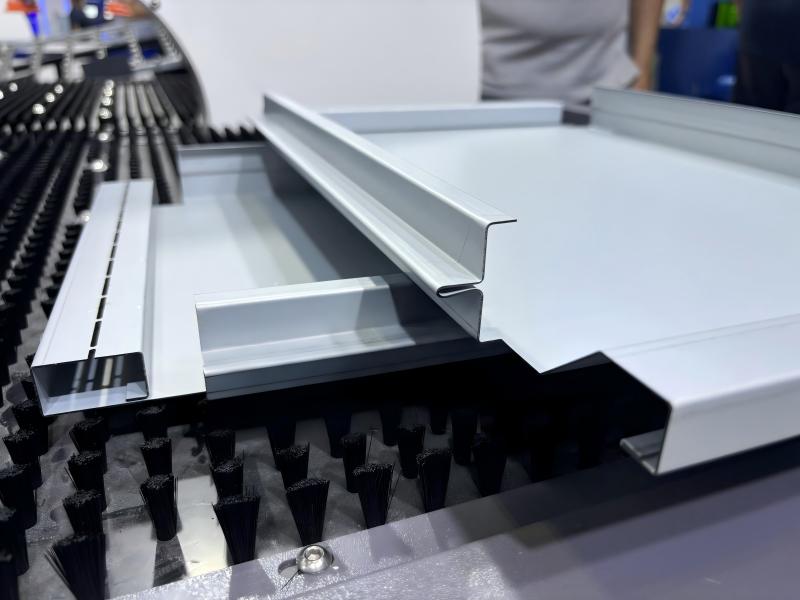
When producing door and window frames, the machine can handle various bend radii, U-shapes, and return flanges with perfect repeatability. This is particularly valuable for aluminum and stainless-steel profiles where precision and surface finish are critical.
Minimal Setup Time and High Consistency
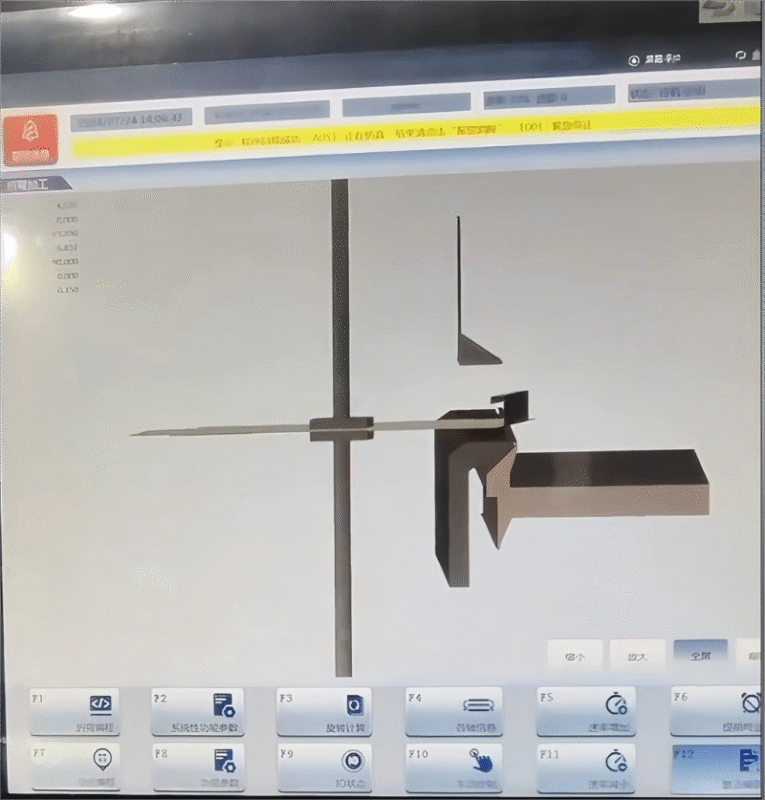
The machine’s intelligent system automatically recognizes the panel dimensions and optimizes the bending sequence. This eliminates human error and ensures that each door frame and window profile is identical, even in large-scale production.
Key Benefits of Using Panel Bender in Metal Doors and Windows
Increased Accuracy and Repeatability
The servo-driven bending system ensures precise control of each axis, achieving accuracy within ±0.1 mm. This level of precision ensures tight joints and seamless assembly in door and window products.
Reduced Labor and Higher Efficiency
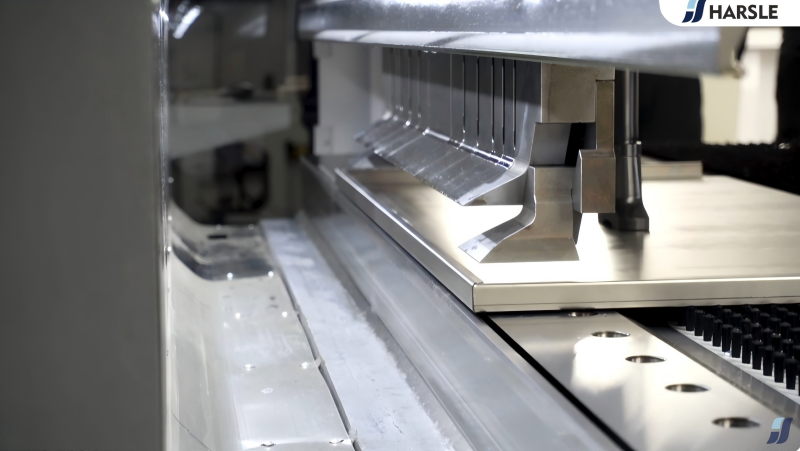
With automatic tool adjustment and intelligent programming, one operator can control multiple machines simultaneously. This not only reduces labor costs but also shortens production cycles by up to 50%.
Superior Surface Protection
Unlike conventional bending, panel benders apply even pressure across the entire panel surface, minimizing scratches or marks on coated or decorative materials used for door and window exteriors.
Flexible Production for Custom Orders
For architectural projects that require custom door and window designs, the panel bender can easily adapt to different dimensions and bend patterns without tool replacement, making it ideal for both mass production and one-off custom jobs.
Steps to Optimize Panel Bender Performance in Door and Window Fabrication
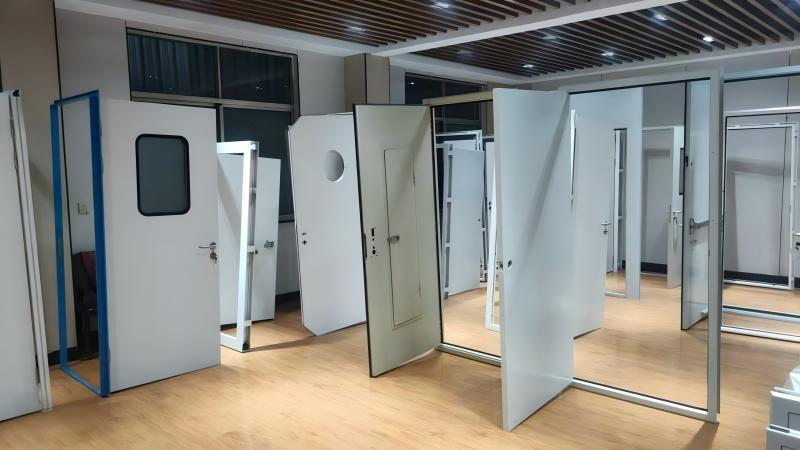
Step 1: Calibrate the Machine Regularly
Before starting production, check the backgauge alignment, clamping pressure, and blade clearance. Proper calibration ensures that all bends maintain consistent angles.
Step 2: Use High-Quality Tooling
Choose high-strength and wear-resistant tooling materials to maintain long-term bending accuracy, especially when working with hard alloys or thick panels.
Step 3: Apply Correct Bending Parameters
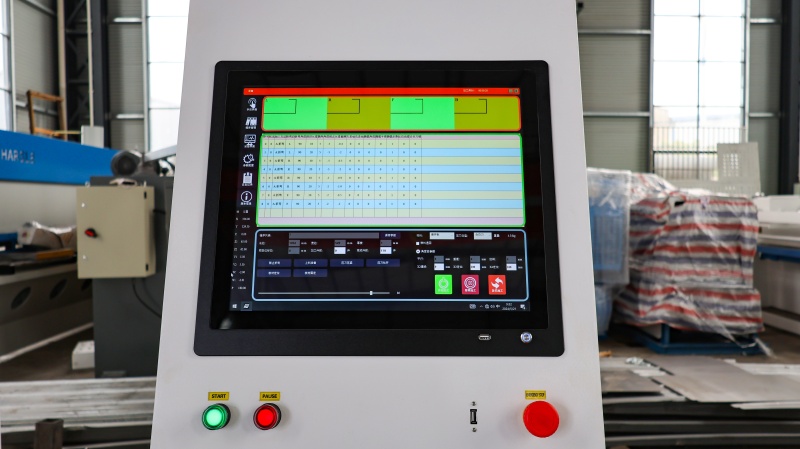
Input the correct bend allowance, sheet thickness, and radius values into the control software. Modern panel benders like HARSLE’s models allow automatic calculation, reducing the risk of human error.
Step 4: Maintain a Clean Working Surface
Keep the clamping and bending tables free of debris to avoid surface damage or dimensional inaccuracy in the finished panels.
Common Challenges and How to Solve Them
Deformation in Long Panels
When bending long door panels, ensure proper material support and use automatic crowning compensation to prevent warping.
Scratches on Painted Panels
Use protective film or soft clamping pads for pre-painted or anodized sheets to maintain surface integrity.
Difficulty in Small Batch Programming
Take advantage of offline software to predefine bending sequences for small or customized batches. This saves setup time and increases productivity.
FAQs
What types of materials can the Panel Bender in Metal Doors and Windows handle?
It can process various materials, including stainless steel, aluminum, and galvanized steel, commonly used in door and window production.
How does a panel bender differ from a traditional press brake?
Unlike press brakes, panel benders perform automated bending with tool-free adjustments and consistent force distribution, ensuring higher accuracy and surface quality.
Can panel benders produce customized window frame profiles?
Yes. With programmable controls and flexible tooling, panel benders can easily adapt to unique shapes and custom dimensions.
Is maintenance complicated for panel benders?
Not at all. Routine checks, lubrication, and calibration are sufficient. The control system usually provides maintenance reminders and error diagnostics.
Q: What types of materials can the Panel Bender in Metal Doors and Windows handle?
A: It can process various materials, including stainless steel, aluminum, and galvanized steel, commonly used in door and window production.
Q: How does a panel bender differ from a traditional press brake?
A: Unlike press brakes, panel benders perform automated bending with tool-free adjustments and consistent force distribution, ensuring higher accuracy and surface quality.
Q: Can panel benders produce customized window frame profiles?
A: Yes. With programmable controls and flexible tooling, panel benders can easily adapt to unique shapes and custom dimensions.
Q: Is maintenance complicated for panel benders?
A: Not at all. Routine checks, lubrication, and calibration are sufficient. The control system usually provides maintenance reminders and error diagnostics.
Conclusion
Using a Panel Bender in Metal Doors and Windows production line provides a clear advantage in terms of precision, flexibility, and efficiency. By integrating automated bending technology, manufacturers can achieve higher quality, lower production costs, and faster delivery times — all while ensuring consistent results for every panel.
If you’re looking to modernize your metal door and window production process or explore suitable bending solutions, feel free to contact HARSLE’s engineering team for expert advice and tailored automation options.













